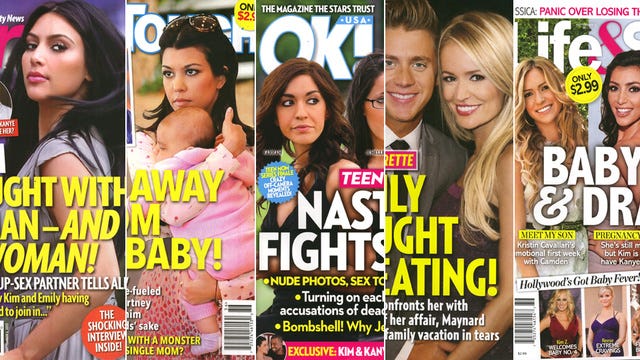Origins of Celebrity Journalism
While not in America, James Boswell was a writer for the London Magazine who used the pen name "The Hypochondriack" to write over 70 columns from 1777 until 1783. The column was focused on gossip from around London, even including public hangings.
 |
| Anne Newport Royall |
The first recorded interview with a celebrity was in 1817, with President John Quincy Adams and conducted by Anne Newport Royall. When she was first refused an interview because she was a woman, Royall discovered Pres. Adams would swim, naked, in the Potomac River at 5 a.m. every morning. So, she waited for him to begin his swim, sat on his clothes, and waited for him refusing to leave until he consented to an interview.
 |
| Photoplay |
Another aspect that set Photoplay apart was how they presented the information. The magazine treated the industry as both entertainment and fun while also giving both the films and audiences a level of respect that one would give the fine arts. This magazine held the stars as priority using pictures and the gossip column.
How Celebrity Journalism Grew Until Today
Once Photoplay began publishing, the definition of a celebrity transitioned towards actors, professional athletes, especially baseball, and musicians. Journalists also began to ask celebrities more questions about their personal lives in interviews. This led to audiences wanting to know more and more about the private lives of celebrities, feeling that knowing that information can bring them closer to their favorite stars.
A driving factor an overall shift in celebrity journalism was the increase in households that owned a television. People were able to see their favorite film stars more often when they would appear on the news, and had stars they saw routinely on TV shows. This forced newspapers and magazines to increase the amount of color and pictures, and pushed them more towards gossip and opinion since broadcast covered the news first. But this in turn made broadcast news include more of the type of news that magazines and newspapers wrote about.
:max_bytes(150000):strip_icc():focal(749x0:751x2)/cover3-1-e0863a37560443eca2693622977f08e2.jpg) |
| People Magazine |
One of the most popular examples of a tabloid is People magazine. People was founded in 1974, it is a weekly magazine covering the lives of celebrities and the most popular TV shows and movies at the time.
Tabloids are not limited to print media anymore. TV shows like Entertainment Tonight and Access Hollywood both are exclusively dedicated to celebrity reporting and gossip.
People are closer to celebrities than ever before with the invention and prevalence of social media. People can now "follow" their favorite stars and see first-hand how they live their everyday lives. Gossip reporting on celebrities is still very popular for readers of The Daily Mail or E! News. Readers can "follow those publications on any social media as well, Instagram, Twitter, Facebook, Tik Tok and even Snapchat.
Impact of Celebrity Journalism
One of the biggest impacts celebrity journalism has had on journalism as a whole is how other topics are covered. To get viewers and readers to pay attention to topics other than entertainment, writers had to treat those topics like celebrity journalism. Making elections into a form of entertainment to see who had the most appeal to audiences rather than who was the best possible candidate.
Celebrity journalism has been a good distraction for readers since its invention, although it has been consuming more and more of our news cycle, sometimes taking the spotlight away from important topics. Most everyone knows of the Kardashian family, but not everyone knows who their Senators are. It is a good distraction to have from the "heavier" news, but there seems to be no indication of it slowing down.

